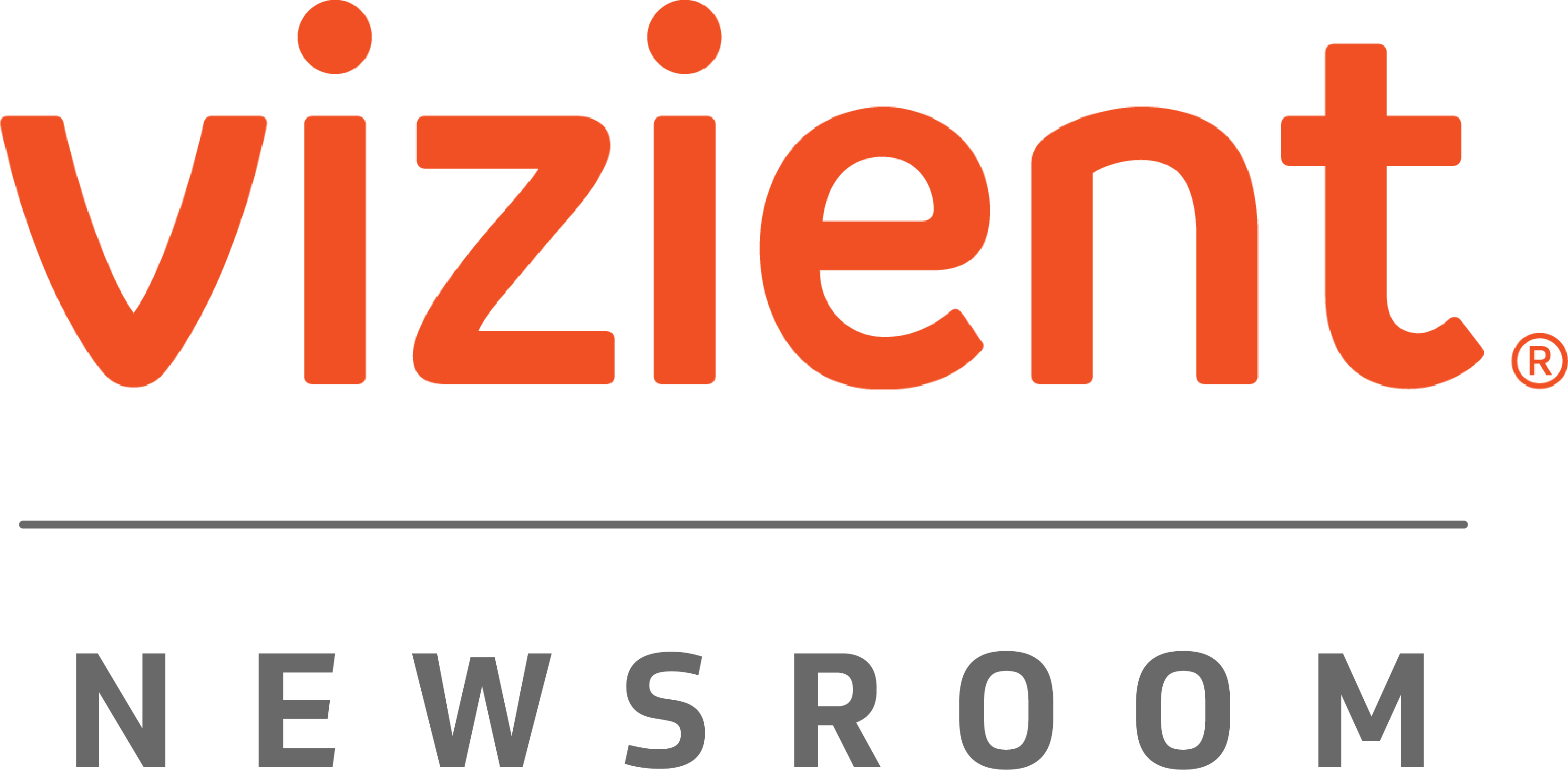IRVING, Texas (BUSINESS WIRE), October 06, 2020 - Vizient, Inc. released three new evidence-based reports providing a comprehensive overview and guidance to hospitals on the appropriate implementation of emerging innovative technologies for helping to care for COVID-19 patients. These reports, targeted at hospitals dealing with the COVID-19 pandemic, address immediate needs for the care of patients during the crisis.
“The COVID-19 pandemic has created an environment where hospitals are being compelled to consider novel technologies that can help them manage their patients more efficiently and improve outcomes,” said Joe Cummings, technology program director at Vizient. “These reports provide insight to help health care providers identify and evaluate new technologies that may be vital in the fight against COVID-19.”
Devices to Assist Ventilator Weaning in COVID-19 Patients
With mechanical ventilation often required in seriously ill COVID-19 patients, weaning patients from ventilators can be a prolonged process complicated by disuse atrophy of the respiratory muscles. Studies have shown that 30% of critically ill patients have difficulty weaning, with the weaning process accounting for up to 40% of the total time on mechanical ventilation.
Three different devices have received FDA emergency use authorization to help rebuild respiratory strength in hard-to-wean patients. These technologies could shorten the time spent on the ventilator, reduce ventilator-associated pneumonia and increase rates of extubation. In addition, these techniques can incrementally help to increase the supply of available ventilators, free up ICU beds and reduce overall hospital resource utilization during the pandemic.
The full report can be found here.
Extracorporeal Blood Filtration Devices for COVID-19 Patients
A hyperactive immune response, sometimes called a “cytokine storm,” is associated with lung injury, acute respiratory distress syndrome and multi-organ failure in some severe cases of COVID-19. Four different blood purification devices that act to filter out excess levels of circulating cytokines, pathogens and other inflammatory mediators have received FDA emergency use authorization for blood purification in COVID-19 patients.
These technologies are not new; they have been used in more than 100,000 patients in Europe and Asia over the past 10 years. Use in COVID-19, however, is a new indication with many unknowns regarding safety and effectiveness. Experience with these devices is growing rapidly, with significant usage reported by investigators in China, Germany and Italy and at research institutions in the U.S.
The full report can be found here.
At-Home Remote Monitoring of COVID-19 Patients
Current data suggests more than 80% of COVID-19 positive patients do not require hospitalization. Prospectively identifying the patients who can be managed at home, however, is a diagnostic challenge. Many hospitals have reported incorporating remote monitoring of physiologic parameters, like temperature and blood oxygenation level, as part of the strategy to keep their emergency department and hospital from being overwhelmed by COVID-19 patients.
Remote monitoring can provide earlier recognition of actionable data using at-home medical devices. The technology has rapidly evolved in recent years in parallel with the dramatic advances in computer, internet and mobile technologies. In particular, at-home devices and platforms developed for chronic disease management can be readily adapted to at-home COVID-19 patient management.
Notably, both the FDA and Centers for Medicare and Medicaid Services have issued policies in effect for the duration of the pandemic that facilitate the use of remote monitoring. The FDA provided flexibility in the marketing of previously approved monitoring devices. Similarly, CMS issued policies that removed restrictions and allowed reimbursement for new patients and home settings.
One big advantage of remote monitoring is that it limits potential exposure to and/or spread of the SARS-CoV-2 virus. The use of RM to manage patients at home for as long as possible is an innovative, high-impact strategy for hospitals to consider.
The full report can be found here.
Vizient TechFlash reports offer a concise summary of the available clinical evidence for a specific product or technology. They also include background information on the technology’s significance, current practices and alternatives, patient selection criteria, financial details and recommendations. COVID-19 related TechFlash reports are available to the public as part of the overall Vizient COVID-19 response.
About Vizient
Vizient, Inc. provides solutions and services that improve the delivery of high-value care by aligning cost, quality and market performance for more than 50% of the nation’s acute care providers, which includes 95% of the nation’s academic medical centers, and more than 20% of ambulatory providers. Vizient provides expertise, analytics and advisory services, as well as a contract portfolio that represents more than $100 billion in annual purchasing volume, to improve patient outcomes and lower costs. Vizient has earned a World’s Most Ethical Company designation from the Ethisphere Institute every year since its inception. Headquartered in Irving, Texas, Vizient has offices throughout the United States. Learn more at www.vizientinc.com.
View source version on businesswire.com: https://www.businesswire.com/news/home/20201006005246/en/
Angie Boliver
(972) 830-7961
angie.bolver@vizientinc.com

